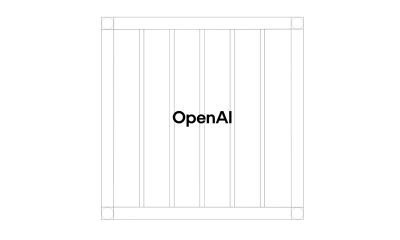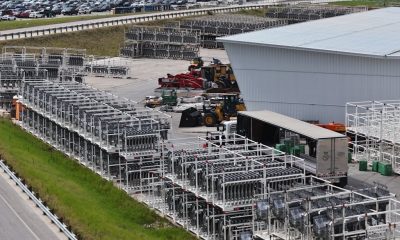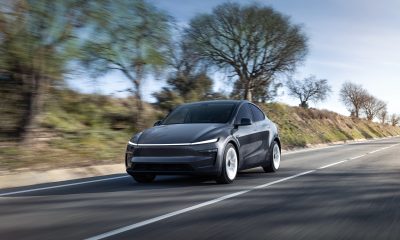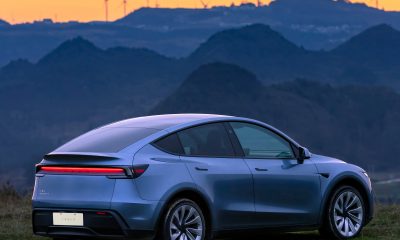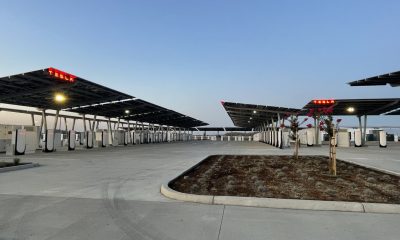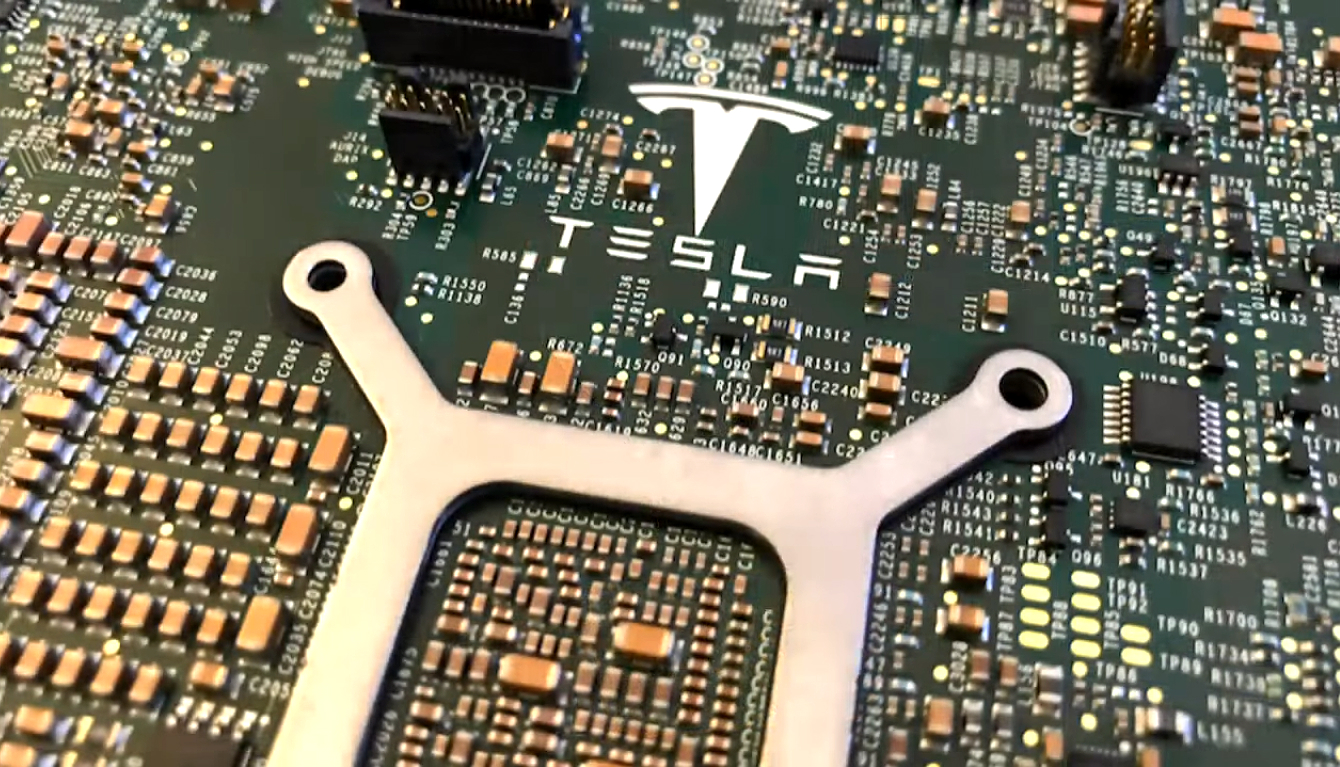

Lifestyle
Tesla lends its automation expertise in search for COVID-19 vaccine
Tesla CEO Elon Musk may have strong disagreements over the political handling of the COVID-19 pandemic, but his actions to help solve the matter strike a more positive note, namely one of progress in vaccine technology.
In a recent Twitter discussion about the uptick in national cases, Musk offered his thoughts on using RNA for immunization therapies.
“In principle, I think synthetic RNA (and DNA) has amazing potential,” he replied. “This basically makes the solution to many diseases a software problem.” Musk then brought attention to the current work Tesla is doing via Tesla Grohmann Automation GmbH in Germany. “Tesla, as a side project, is building RNA microfactories for CureVac & possibly others.”
CureVac AG is a German biotechnology company founded in 2000 with the primary goal of using proteins created with stabilized messenger RNA (mRNA) in disease therapeutics. As described on their official website, the company has “…develop[ed] an extensive in-house nucleotide sequence library that allows us to optimally assemble the various pieces of the mRNA puzzle for the desired therapeutic use…Each CureVac product can be thought of as a tailored molecular creation.” The protein-centric nature of these products may enable the development of a wide variety of therapies, including cancer immunotherapy, antibody production, treatments for rare diseases, and prophylactic vaccines.
In principle, I think synthetic RNA (and DNA) has amazing potential. This basically makes the solution to many diseases a software problem.
— Elon Musk (@elonmusk) July 2, 2020
CureVac’s vaccines use a dose of synthetic mRNA coded for disease-specific proteins or antigens which induce the immune system to respond and produce antibodies. Musk’s comment about diseases being a software problem seems to refer in part to this type of technology. The production side of this specialized mRNA looks to be where their relationship with Tesla is formalized. Specifically, the two companies have developed a bioreactor (referred to by Musk as an ‘RNA microfactory’) which combines Tesla Grohmann’s automation technology with CureVac’s tailored mRNA coding and printing.
A press release by CureVac from February 2019 refers to the bioreactor as The RNA Printer™ describing it as “…a transportable, down-scaled, automated messenger RNA (mRNA) printing facility…that can target known pathogens (including Lassa Fever, Yellow Fever, and Rabies) and prepare for rapid response to new and previously unknown pathogens (referred to by WHO as “Disease X”).” Several partnerships and grants have been accumulated by CureVac to further its development of the machine’s capabilities, and the race for a COVID-19 vaccine has brought even more attention and support to the technology.
Although this pandemic has now provided a spotlight on the Tesla and CureVac partnership, a joint patent application for the bioprinter was originally filed in 2018. Published in January this year, the invention is descriptively titled “Bioreactor for RNA in vitro Transcription” and assigned International Patent Publication No. WO-2020/002598. The Background section of the application provides a bit more insight to the technology, its potential, and why Tesla-style automation really makes a difference in what’s possible:
“A critical step in RNA production is the generation of a suitable DNA template, which at industrial scale is a major cost factor…Manufacturing of RNA requires a large degree of manual handling in a GMP-regulated laboratory executed by well-trained technical staff. In consequence, current established manufacturing processes are time consuming, cost intensive, and require a lot of laboratory space and laboratory equipment.”
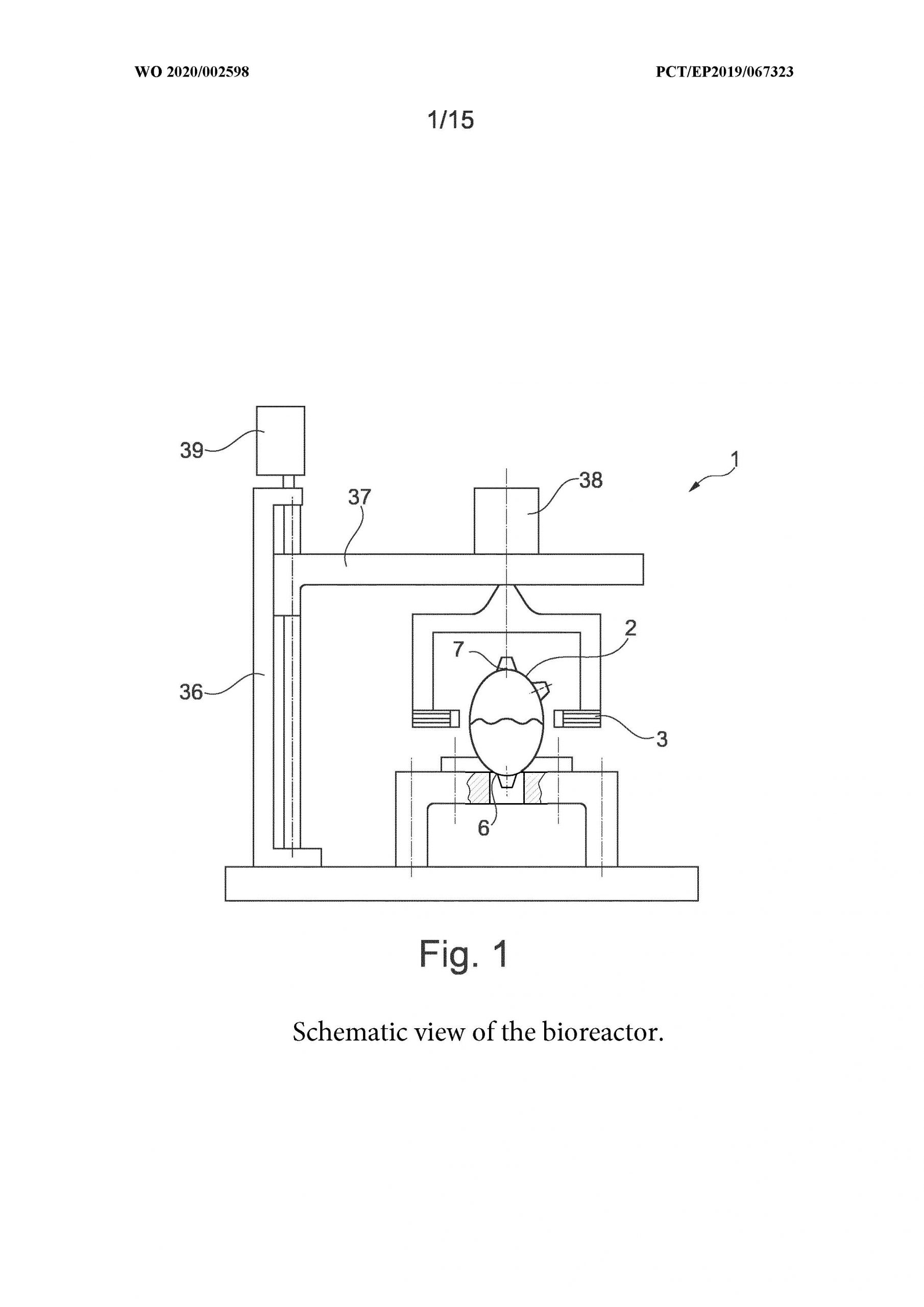
Essentially, automating much of the manufacturing process would improve speed and reduce errors from human interaction, just as is the case with Tesla’s automated car manufacturing. Unlike automotive large-scale productions, however, this bioprinter would be much smaller. With staffing needs reduced and the equipment needs reduced to a single machine, portability comes into play.
“…an acceleration of RNA manufacturing would be highly advantageous and of major importance for public health, especially in the context of pandemic scenarios. Further advantageous in that context would be the production of the RNA therapeutics in the region of the outbreak which would, however, require a portable RNA production apparatus.”
It’s not clear exactly which parts of the invention were specifically Tesla’s contribution aside from Musk’s indication that his company would be manufacturing the machines.
Overall, as stated in CureVac’s press release, The RNA Printer™ will be capable of producing enough customized mRNA for 100,000+ vaccine doses within a few weeks and on-site of the outbreak location. The same machine would be flexible enough to be used for a wide variety of pathogens. Notably, CureVac was recently cleared for phase I human trials of its mRNA vaccine for COVID-19.
Musk’s interest in biotechnology is well known to those who follow his many projects and businesses, especially in terms of artificial intelligence as it relates to human-computer interfaces via Neuralink. However, this more traditional philanthropic involvement is surely quite welcome in a world turned upside down by a pandemic.
Elon Musk
X account with 184 followers inadvertently saves US space program amid Musk-Trump row
Needless to say, the X user has far more than 184 followers today after his level-headed feat.
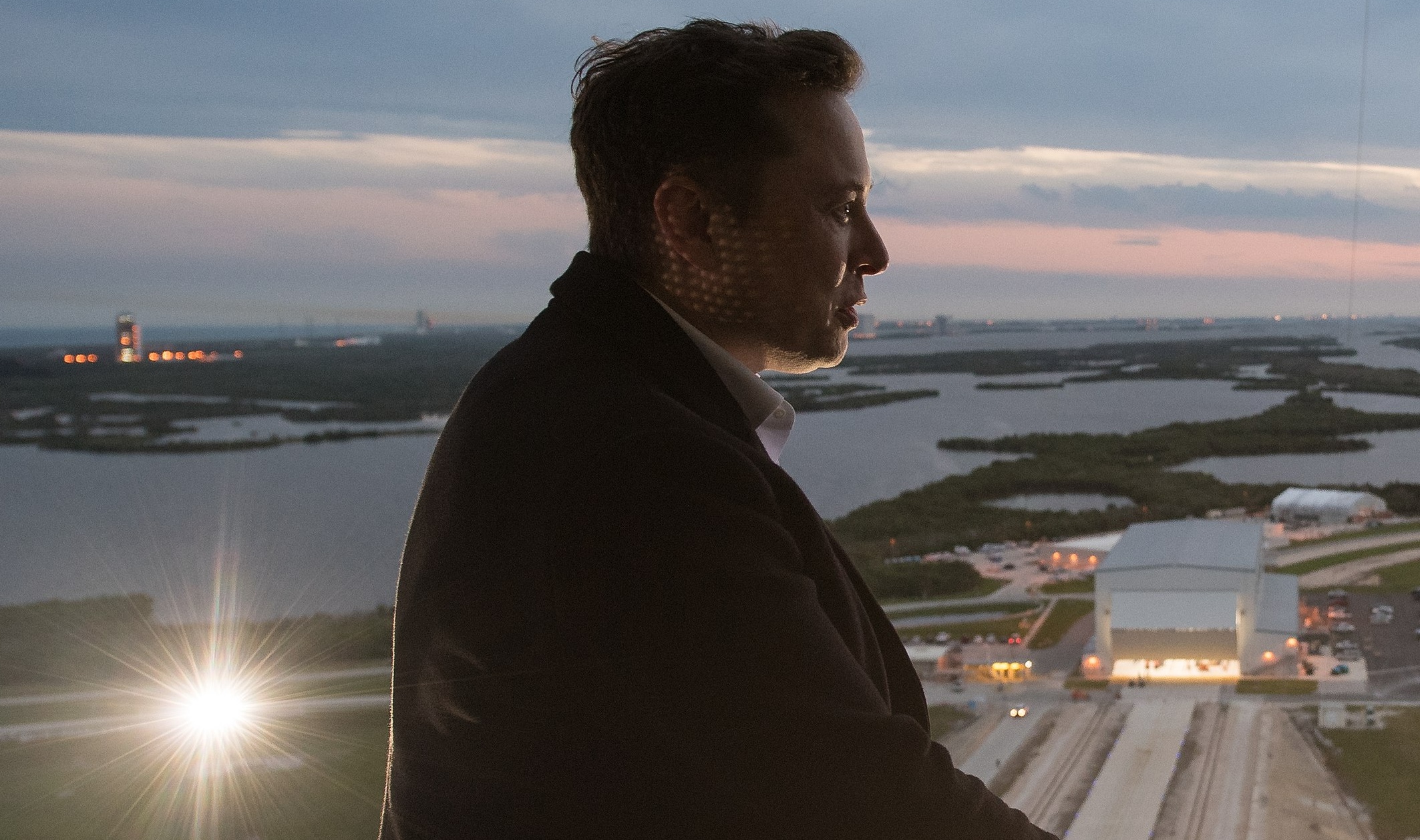
An X user with 184 followers has become the unlikely hero of the United States’ space program by effectively de-escalating a row between SpaceX CEO Elon Musk and President Donald Trump on social media.
Needless to say, the X user has far more than 184 followers today after his level-headed feat.
A Near Fall
During Elon Musk and Donald Trump’s fallout last week, the U.S. President stated in a post on Truth Social that a good way for the United States government to save money would be to terminate subsidies and contracts from the CEO’s companies. Musk responded to Trump’s post by stating that SpaceX will start decommissioning its Dragon spacecraft immediately.
Musk’s comment was received with shock among the space community, partly because the U.S. space program is currently reliant on SpaceX to send supplies and astronauts to the International Space Station (ISS). Without Dragon, the United States will likely have to utilize Russia’s Soyuz for the same services—at a significantly higher price.
X User to the Rescue
It was evident among X users that Musk’s comments about Dragon being decommissioned were posted while emotions were high. It was then no surprise that an X account with 184 followers, @Fab25june, commented on Musk’s post, urging the CEO to rethink his decision. “This is a shame this back and forth. You are both better than this. Cool off and take a step back for a couple days,” the X user wrote in a reply.
Much to the social media platform’s surprise, Musk responded to the user. Even more surprising, the CEO stated that SpaceX would not be decommissioning Dragon after all. “Good advice. Ok, we won’t decommission Dragon,” Musk wrote in a post on X.
Not Planned, But Welcomed
The X user’s comment and Musk’s response were received extremely well by social media users, many of whom noted that @Fab25june’s X comment effectively saved the U.S. space program. In a follow-up comment, the X user, who has over 9,100 followers as of writing, stated that he did not really plan on being a mediator between Musk and Trump.
“Elon Musk replied to me. Somehow, I became the accidental peace broker between two billionaires. I didn’t plan this. I was just being me. Two great minds can do wonders. Sometimes, all it takes is a breather. Grateful for every like, DM, and new follow. Life’s weird. The internet’s weirder. Let’s ride. (Manifesting peace… and maybe a Model Y.)” the X user wrote.
Lifestyle
Tesla Cybertruck takes a bump from epic failing Dodge Charger
The Cybertruck seemed unharmed by the charging Charger.
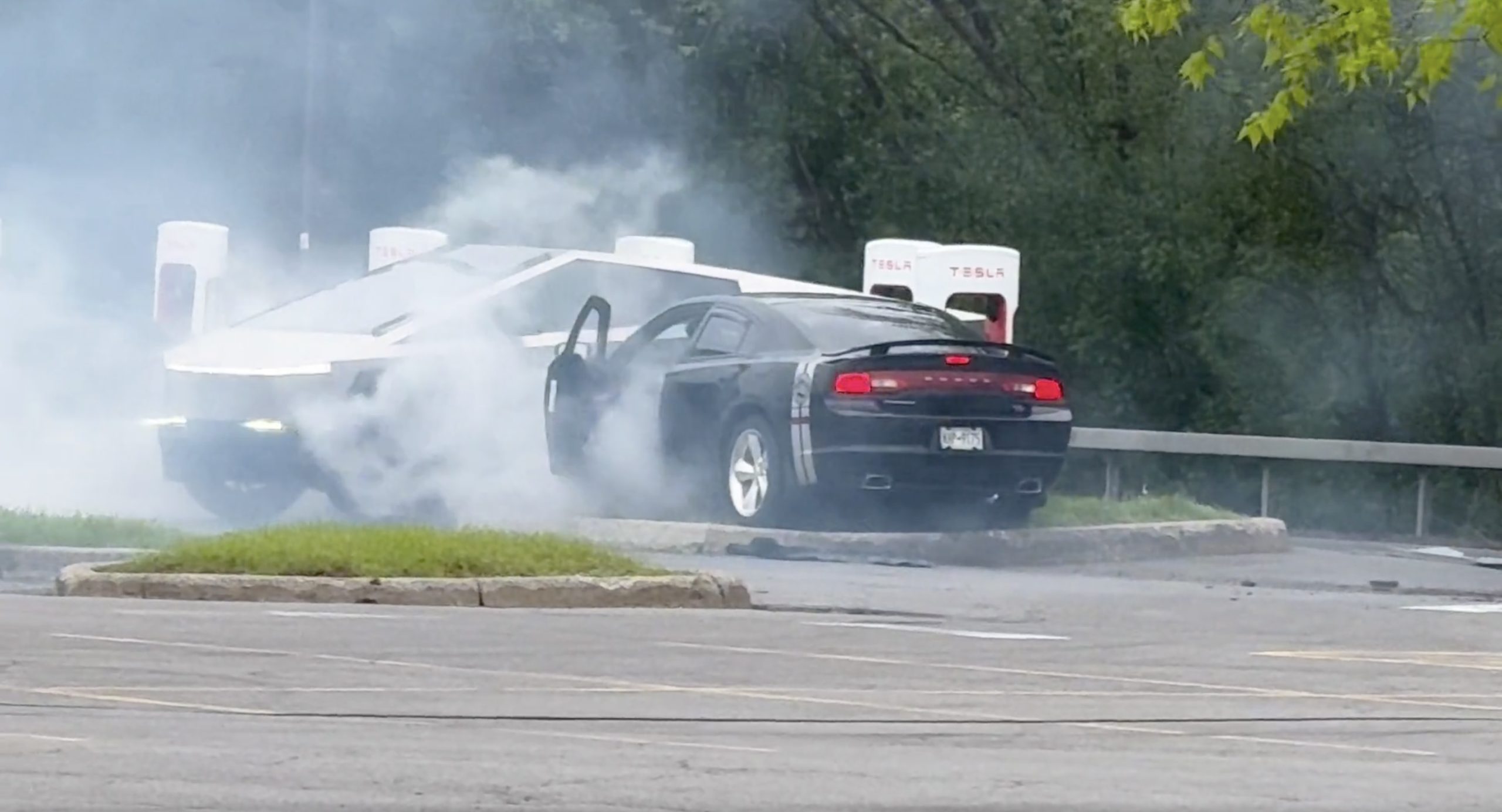
There comes a time in a driver’s life when one is faced with one’s limitations. For the driver of a Dodge Charger, this time came when he lost control and crashed into a Tesla Cybertruck–an absolute epic fail.
A video of the rather unfortunate incident was shared on the r/TeslaLounge subreddit.
Charging Charger Fails
As could be seen in the video, which was posted on the subreddit by Model Y owner u/Hammer_of_something, a group of teens in a Dodge Charger decided to do some burnouts at a Tesla Supercharger. Unfortunately, the driver of the Charger failed in his burnout or donut attempt, resulting in the mopar sedan going over a curb and bumping a charging Cybertruck.
Ironically, the Dodge Charger seemed to have been parked at a Supercharger stall before its driver decided to perform the failed stunt. This suggests that the vehicle was likely ICE-ing a charging stall before it had its epic fail moment. Amusingly enough, the subreddit member noted that the Cybertruck did not seem like it took any damage at all despite its bump. The Charger, however, seemed like it ran into some trouble after crashing into the truck.
Alleged Aftermath
As per the the r/TeslaLounge subreddit member, the Cybertruck owner came rushing out to his vehicle after the Dodge Charger crashed into it. The Model Y owner then sent over the full video of the incident, which clearly showed the Charger attempting a burnout, failing, and bumping into the Cybertruck. The Cybertruck owner likely appreciated the video, in part because it showed the driver of the Dodge Charger absolutely freaking out after the incident.
The Cybertruck is not an impregnable vehicle, but it can take bumps pretty well thanks to its thick stainless steel body. Based on this video, it appears that the Cybertruck can even take bumps from a charging Charger, all while chilling and charging at a Supercharger. As for the teens in the Dodge, they likely had to provide a long explanation to authorities after the incident, since the cops were called to the location.
Lifestyle
Anti-Elon Musk group crushes Tesla Model 3 with Sherman tank–with unexpected results
Ironically enough, the group’s video ended up highlighting something very positive for Tesla.
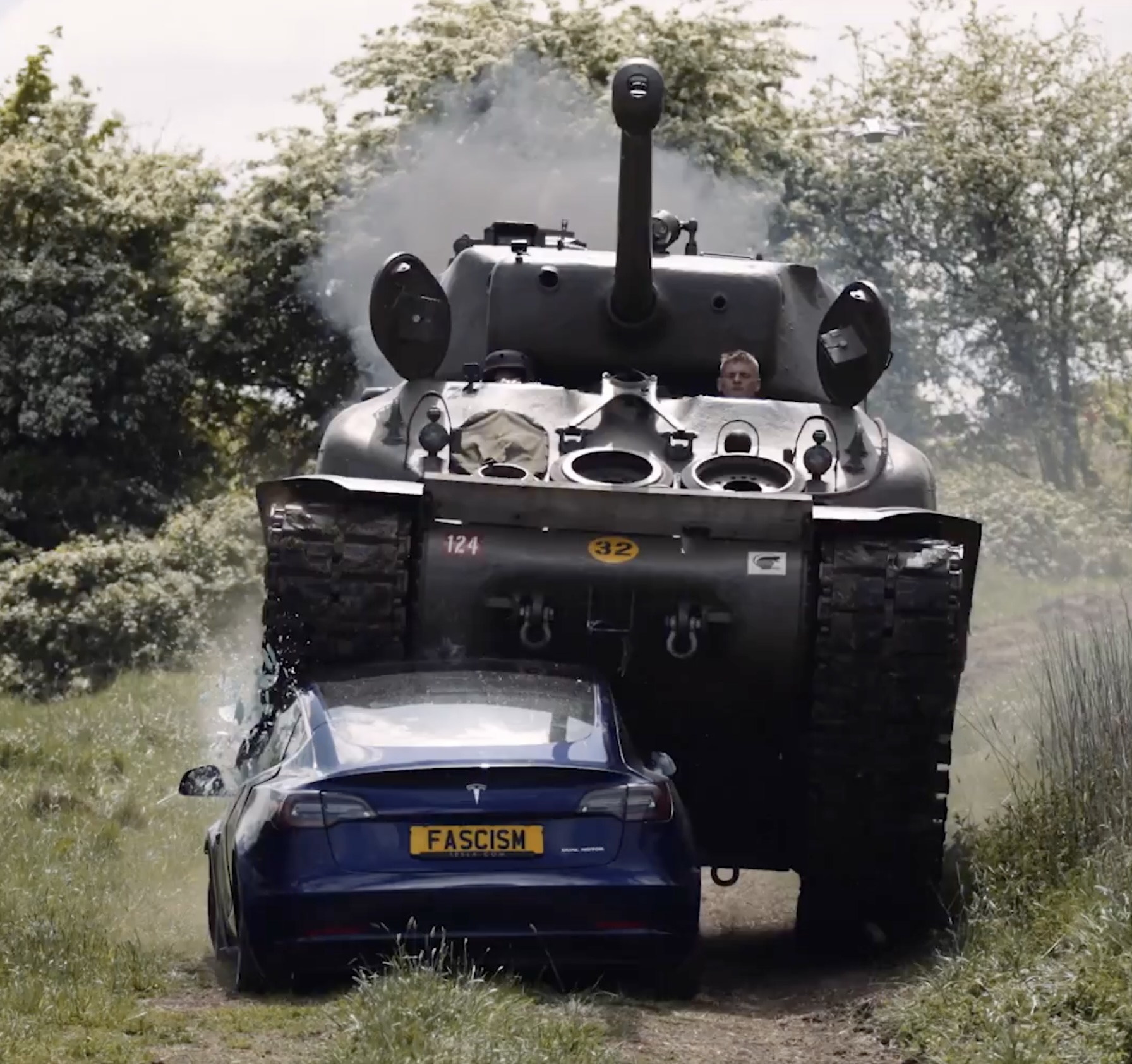
Anti-Elon Musk protesters and critics tend to show their disdain for the CEO in various ways, but a recent video from political action group Led By Donkeys definitely takes the cake when it comes to creativity.
Ironially enough, the group’s video also ended up highlighting something very positive for Tesla.
Tank vs. Tesla
In its video, Led By Donkeys featured Ken Turner, a 98-year-old veteran who served in the British army during World War II. The veteran stated that Elon Musk, the richest man in the world, is “using his immense power to support the far-right in Europe, and his money comes from Tesla cars.”
He also noted that he had a message for the Tesla CEO: “We’ve crushed fascism before and we’ll crush it again.” To emphasize his point, the veteran proceeded to drive a Sherman tank over a blue Tesla Model 3 sedan, which, of course, had a plate that read “Fascism.”
The heavy tank crushed the Model 3’s glass roof and windows, much to the delight of Led By Donkeys’ commenters on its official YouTube channel. But at the end of it all, the aftermath of the anti-Elon Musk demonstration ended up showcasing something positive for the electric vehicle maker.
Tesla Model 3 Tanks the Tank?
As could be seen from the wreckage of the Tesla Model 3 after its Sherman encounter, only the glass roof and windows of the all-electric sedan were crushed. Looking at the wreckage of the Model 3, it seemed like its doors could still be opened, and everything on its lower section looked intact.
Considering that a standard M4 Sherman weighs about 66,800 to 84,000 pounds, the Model 3 actually weathered the tank’s assault really well. Granted, the vehicle’s suspension height before the political action group’s demonstration suggests that the Model 3’s high voltage battery had been removed beforehand. But even if it hadn’t been taken off, it seemed like the vehicle’s battery would have survived the heavy ordeal without much incident.
This was highlighted in comments from users on social media platform X, many of whom noted that a person in the Model 3 could very well have survived the ordeal with the Sherman. And that, ultimately, just speaks to the safety of Tesla’s vehicles. There is a reason why Teslas consistently rank among the safest cars on the road, after all.
-

 Elon Musk1 week ago
Elon Musk1 week agoTesla investors will be shocked by Jim Cramer’s latest assessment
-

 News2 weeks ago
News2 weeks agoTesla Robotaxi’s biggest challenge seems to be this one thing
-

 Elon Musk1 day ago
Elon Musk1 day agoElon Musk confirms Grok 4 launch on July 9 with livestream event
-

 News2 weeks ago
News2 weeks agoWatch the first true Tesla Robotaxi intervention by safety monitor
-

 News5 days ago
News5 days agoTesla Model 3 ranks as the safest new car in Europe for 2025, per Euro NCAP tests
-

 Elon Musk2 weeks ago
Elon Musk2 weeks agoA Tesla just delivered itself to a customer autonomously, Elon Musk confirms
-

 Elon Musk2 weeks ago
Elon Musk2 weeks agoElon Musk confirms Tesla Optimus V3 already uses Grok voice AI
-

 Elon Musk2 weeks ago
Elon Musk2 weeks agoxAI welcomes Memphis pollution results, environmental groups push back


